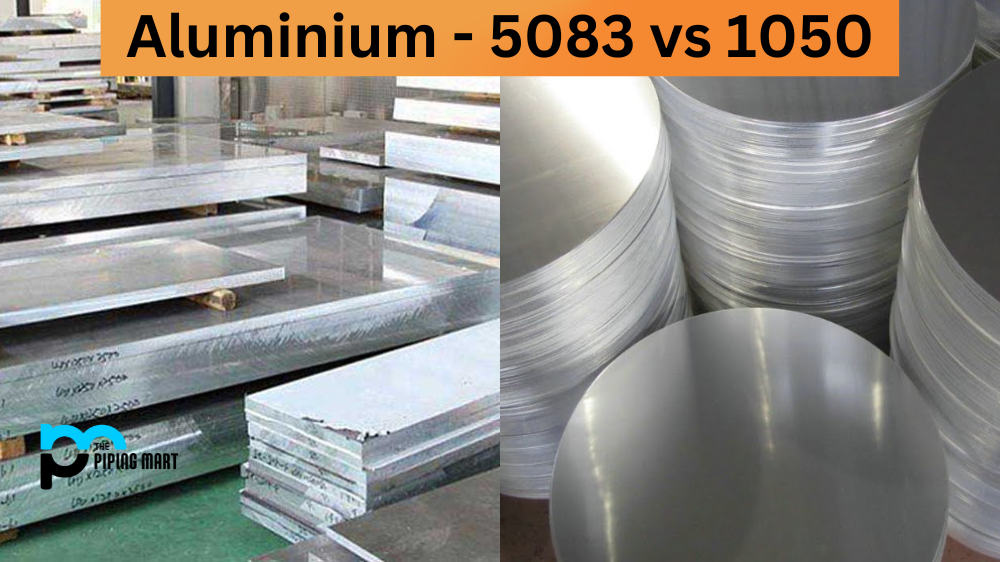Stainless steel is one of the most popular materials used in construction and engineering. It’s strong, durable, and rust-resistant, making it a great choice for many projects. But when it comes to selecting stainless steel, there are a lot of options. The most popular varieties are stainless steel 401 and stainless steel 304. So what’s the difference between them? Let’s take a closer look.
What Is Stainless Steel 401?
Stainless steel 401 is a variety of stainless steel that contains slightly more carbon than other alloys. This extra carbon gives it enhanced strength and corrosion resistance compared to different grades. For example, it’s stronger than type 304 stainless steel but less resistant to corrosion and oxidation damage from elevated temperatures. It’s often used in industrial equipment, automotive components, and building materials that need superior strength without sacrificing durability.
What Is Stainless Steel 304?
Stainless steel 304 is an alloy with a lower carbon content than type 401. This makes it more resistant to corrosion but also slightly weaker overall. Despite this, it is still incredibly strong and durable—so much so that it is commonly used in applications where strength isn’t as important as its resistance to corrosion or heat damage. Due to its resistance to cleaning chemicals and harsh environmental conditions, these applications include kitchen sinks, countertops, appliances, food processing equipment, and medical devices.
Difference between Stainless Steel 401 and 304
Composition
The two main types of stainless steel are 401 and 304. The key difference between them is that 401 contains more chromium, while 304 contains more nickel. This gives each type of stainless steel different properties and applications.
Properties
401 stainless steel is highly resistant to corrosion and has a higher hardness than 304. This makes it ideal for applications where it will be exposed to harsh conditions, such as in medical devices or kitchenware. However, 401 is less ductile than 304, meaning it is not as easy to form into shapes.
Applications
401 stainless steel is often used in medical devices, as it can withstand repeated sterilization without corrosion. It is also commonly used in food processing equipment, as it resists staining and corrosion from acidic foods. 304 stainless steel is the most common type of stainless steel, and is often used in sinks, countertops, and cookware.
Cost
401 stainless steel is more expensive than 304 due to the higher chromium content. However, both types of stainless steel are very affordable, and the cost difference is not significant.
Conclusion:
When choosing between stainless steel 401 or 304 for your next project, you will need to consider its strength requirements and potential exposure to corrosive elements or temperatures higher than normal room temperature. In general, if your project doesn’t require extreme strength, then type 304 is probably the better option due to its superior corrosion resistance properties, but if extra power is needed, then type 401 may be the way to go despite being less resistant to oxidation damage from high temperatures or corrosive elements in the environment. Ultimately only you can decide which material best suits your specific application. Still, this overview has helped you better understand the differences between these two popular types of stainless steel!

Meet Bhavesh, a seasoned blogger with a wealth of knowledge and experience. From metal products manufacturing to retail, Bhavesh has a diverse background in various industries and is dedicated to sharing his insights and expertise with readers.




